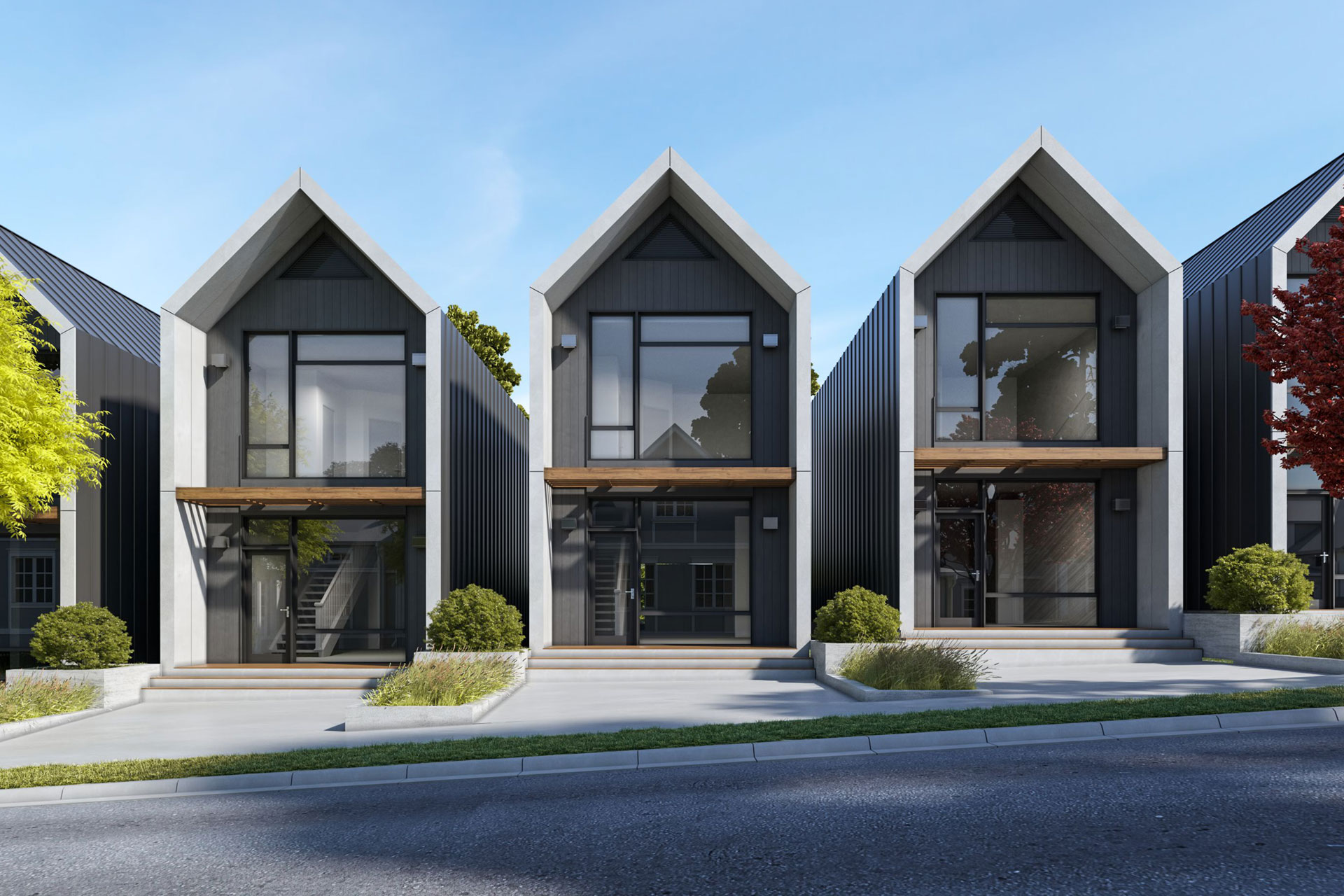As we step into 2024, the field of residential construction is transforming rapidly. Home seekers are increasingly seeking creative designs, eco-friendly solutions, and smart technology integrations that enhance both comfort and convenience. Whether you’re building your first home or a seasoned homeowner, grasping these upcoming trends will be essential to make educated choices throughout the construction journey.
In this article, we will discuss the key trends shaping new home construction in 2024, providing guidance on home design, planning, materials, and funding. Starting with the benefits of energy-efficient homes to the discussion on custom builds versus ready-made designs, we will provide a thorough guide that empowers you to build your ideal home. Stay with us as we investigate the fantastic prospects that are in store in the future of home building.
Step-by-Step Guide to Building a New Home
Building a new home can be a exciting yet overwhelming process. The first step involves thorough planning and preparation, which begins with defining your financial plan and identifying your particular requirements. This entails selecting a suitable lot, identifying your desired attributes, and establishing a schedule for the entire project. Investigating various builders or builders is also crucial at this stage, as they will play a major part in bringing your vision to fruition.
After you have a defined strategy, the next step is to finalize your blueprint and obtain the necessary permits. Engaging an architectural designer can prove beneficial for creating a customized floor plan that fits both your lifestyle and financial plan. It is crucial to understand local zoning laws and construction codes to ensure your designs are compliant. With approvals granted, your builder can start the building process, which will involve preparing the site, pouring the foundation, and constructing the structure.
When the construction advances, you will need to stay actively engaged by communicating with your builder and deciding choices regarding building materials and finishes. Regular inspections will assist you oversee the progress and address any issues that arise. After building is finished, a final review and walk-through inspection will ensure everything meets your standards before the big move-in day. This systematic approach will help simplify the process and make your dream home a reality.
Financing Your New Home Build
When it comes to financing your future home construction, understanding your options is essential. Numerous builders provide a variety of financing options, including building loans, specifically designed to cover the costs during the building phase. These loans usually transition to a traditional mortgage after the construction is complete, making them a convenient choice. It is important to investigate different lenders and evaluate their interest rates, terms, and criteria to find the most suitable option for your financial situation.
Budgeting for your new home build also requires planning for unexpected expenses. Hidden costs can arise during the building process, including additional permits, site preparation, and changes in material prices. By setting aside a contingency fund, typically around 10 to 15 % of your total budget, you can help safeguard yourself against these unexpected costs and make sure that your project stays within budget monetarily.
Lastly, understanding how to get approved for a construction loan is a vital step for novice builders. Lenders will evaluate your creditworthiness, income, and existing debts. To improve Longshaw Construction of getting approved, it’s helpful to maintain a healthy credit score and gather all required documentation, such as income statements and financial information. Being well-prepared will make the financing process easier and allow you to concentrate more on turning your ideal home to life.
A Construction Procedure and Ultimate Touches
The building procedure of a new home is divided into various distinct phases, where each plays a vital role in bringing your vision to life. It starts with land preparation, where the is cleared and foundations are set. Following this, the structural structure is constructed, which includes the walls, the roofing, and floors. It's essential to stay informed about the schedule and to maintain communication often with your builder to monitor advancements. Every phase has its own challenges, but understanding what to expect can assist ensure a smoother experience.
When the building approaches completion, the attention shifts to finishing and finishing details. This stage includes putting in fixtures, floor coverings, and cabinets, as well as painting and additional aesthetic improvements. It's crucial to monitor the quality and workmanship during this phase, as these factors can significantly impact the overall aesthetic and functionality of your home. Furthermore, you may consider to begin discussing outdoor design possibilities to create an appealing outdoor space that matches your new home.
Before taking possession, carrying out a comprehensive inspection is vital to resolve any issues that may have arisen during construction. This includes a last review to make sure everything meets your standards and complies with building codes. Double-checking all utilities, such as the plumbing, the electrical systems, and HVAC, can help you prevent potential issues. After all inspections finished and the final details applied, you can confidently transition into your recently acquired home, prepared to make lasting memories.

